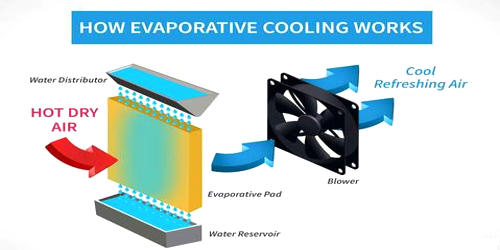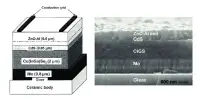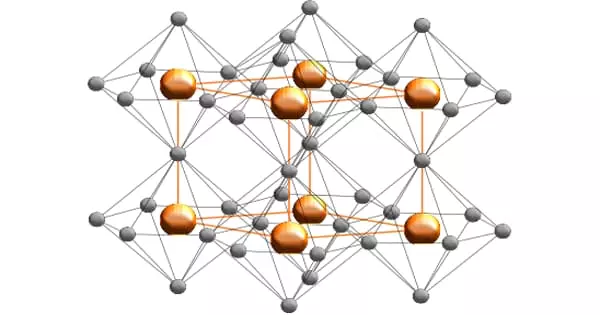An evaporative cooler (also known as swamp cooler or wet air cooler) is a device that cools air through the evaporation of water. Evaporative cooling differs from typical air conditioning systems, which use vapor-compression or absorption refrigeration cycles. Evaporative cooling uses the fact that water will absorb a relatively large amount of heat in order to evaporate (that is, it has a large enthalpy of vaporization). It offers an eco-friendly and cost-effective way to cool spaces indoors and outdoors. It also recycles the indoor air through cross ventilation whereas air conditioners only recycle the ambient air which may increase the number of pollutants present in an indoor environment. It should also be noted that evaporative coolers use only water and no chemical refrigerants, which are harmful to the ozone layer.
The temperature of dry air can be dropped significantly through the phase transition of liquid water to water vapor (evaporation). This can cool air using much less energy than refrigeration. An evaporative air cooler is a type of air conditioner that works by harnessing the power of evaporation to cool air temperatures. When operating an evaporative cooler, windows are opened part way to allow warm indoor air to escape as it is replaced by cooled air. An evaporative cooling system takes basic evaporation and automates it to efficiently lower the temperature of the air in your home. In extremely dry climates, evaporative cooling of air has the added benefit of conditioning the air with more moisture for the comfort of building occupants.
The cooling potential for evaporative cooling is dependent on the wet-bulb depression, the difference between dry-bulb temperature and wet-bulb temperature. The same scientific principles apply to the evaporative cooling process when it comes to your home’s air. Evaporative coolers cost about one-half as much to install as central air conditioners and use about one-quarter as much energy. In arid climates, evaporative cooling can reduce energy consumption and total equipment for conditioning as an alternative to compressor-based cooling. In climates not considered arid, indirect evaporative cooling can still take advantage of the evaporative cooling process without increasing humidity.
Evaporative coolers have two major advantages over traditional air conditioners: energy efficiency and sustainability. Both are due to the fact that evaporative coolers use far less electricity to operate; in fact, a standard air conditioner can use up to seven times as many watts of electricity. Passive evaporative cooling strategies can offer the same benefits of mechanical evaporative cooling systems without the complexity of equipment and ductwork. Since air coolers use a simple mechanism, they are easy to maintain. Air conditioners, on the contrary, require periodic service and coolant refills which can be cumbersome and costly in the long run as well. Evaporative coolers should not be used in humid climates because they add humidity to the air in your home.
















